Antarctica Flying, Sport & Adventure
Flying to the end of the Earth: A day trip over Antarctica
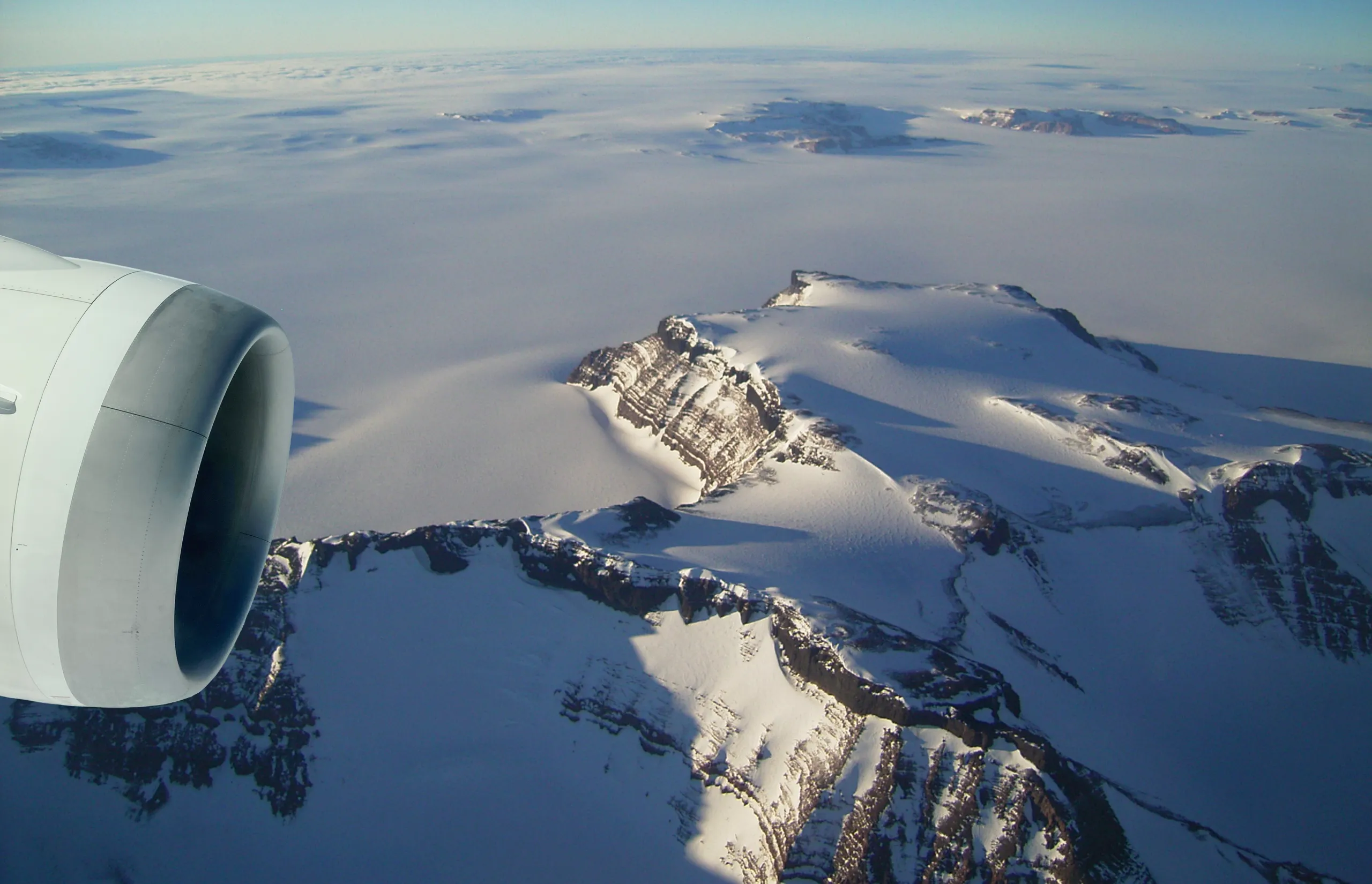
Antarctica – Flight 2011 with engine
From above, the white continent captivates, surprises and challenges the definition of ice
When it comes to long-haul flying, I know I’m not alone in questioning philosopher Ralph Waldo Emerson’s “It’s not the destination, it’s the journey” creed. In most cases, whether turning left or right when boarding an aircraft, the destination remains the purpose, while the journey – even assuaged by the flattest of flatbeds and the finest of dining – is merely the means.
So, I’m somewhat amused by the notion that I’m about to board a flight that, fourteen hours later, will return me to my starting point. More so, because I’m utterly delighted by the prospect.
At the departure gate, where check-in takes place, it’s clear that fellow Antarctica Flights’ passengers share my enthusiasm. The atmosphere is ebullient – strangers chat fervently, people queue for selfies with someone dressed as a penguin and the term ‘bucket list’ is bandied about liberally.
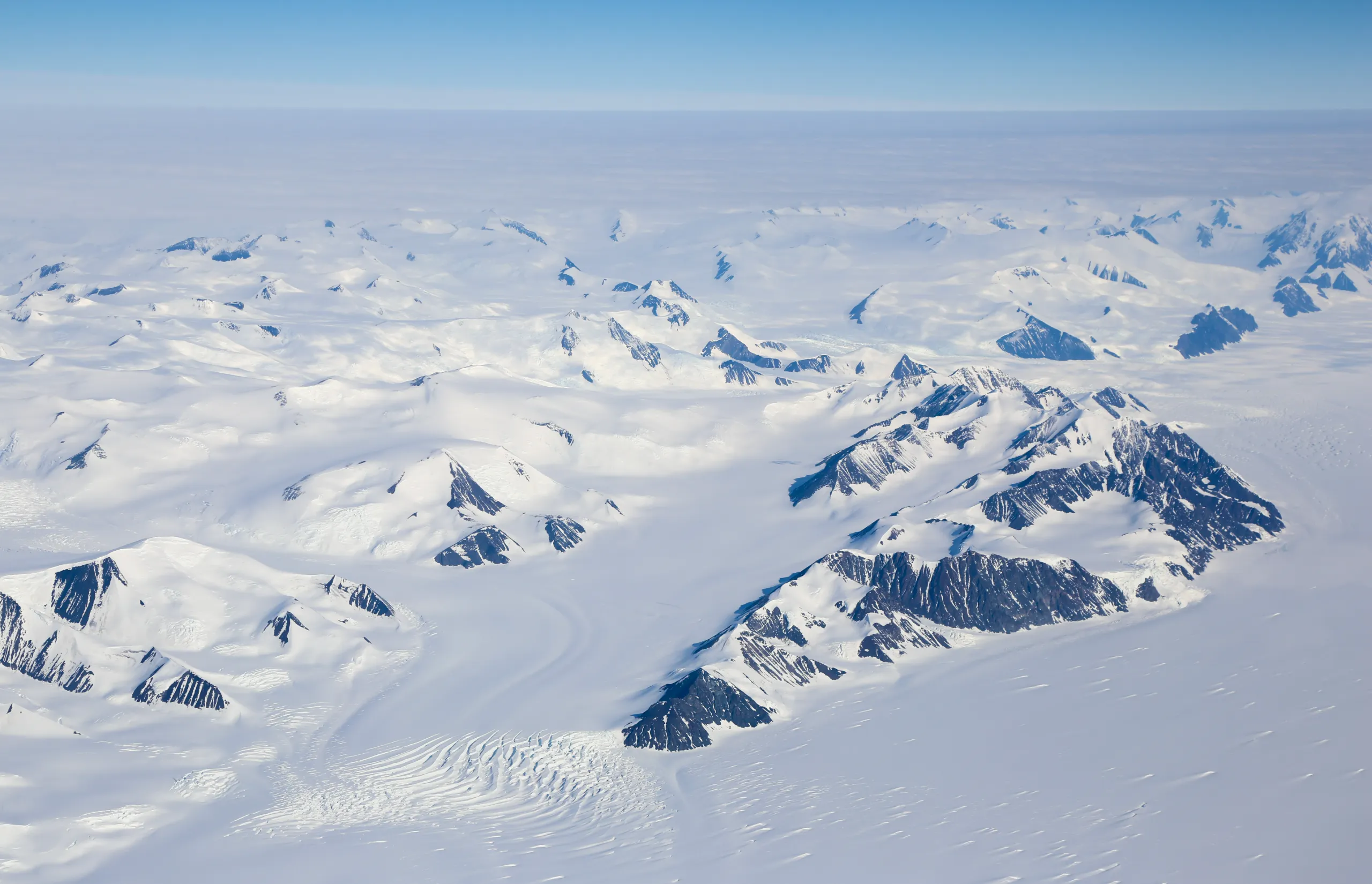
Why wouldn’t it be? A glimpse of Antarctica tops many a wish list, and a few hours from now we’ll be soaring over the white continent, sightseeing for up to four hours from our bird’s eye vantage point, before looping back to Sydney.
During the optimal summer viewing period, from the beginning of November until the end of February, a select number of these airborne excursions – hosted aboard a privately-chartered Qantas Boeing 787 Dreamliner – depart from Brisbane, Sydney, Melbourne and Perth airports and have been doing so for more than 30 years.
‘Antarctica in a day’, the banner in the departure lounge proclaims, and it really does seem that easy. For this Antarctic odyssey there’s no passport necessary, and I’ve packed little more than a camera, sunglasses for the glare and a jacket, in case the air-conditioning gets chilly.
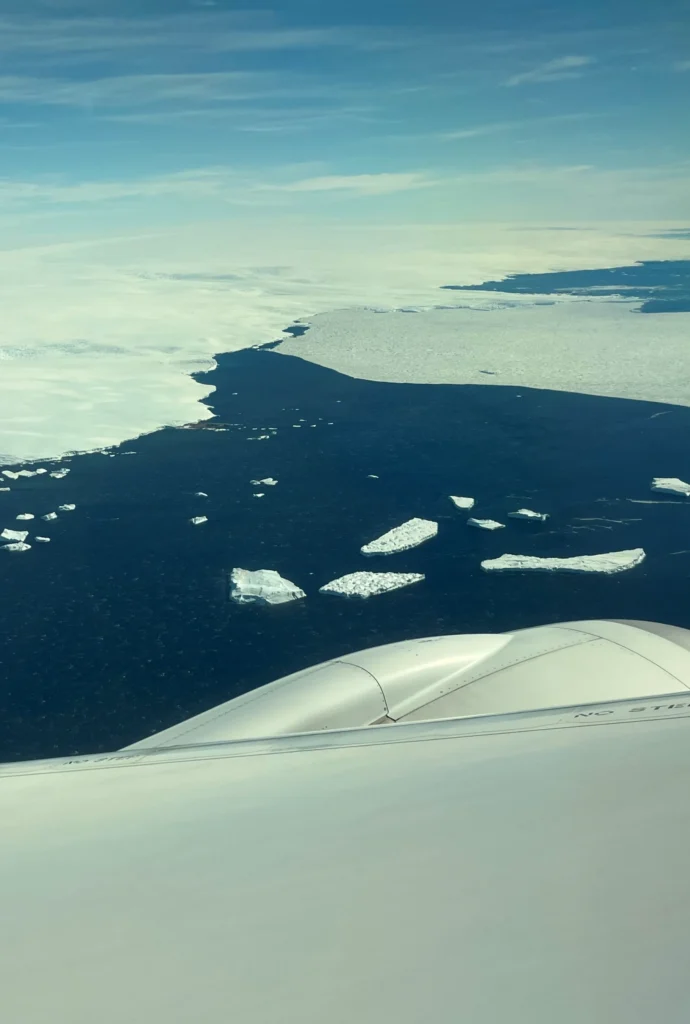
Boarding call
The departure gate’s high spirits continue on embarkation, and the cabin’s layout looks immediately familiar. For this wanderlust flight though, seating classes vary slightly, prioritised not only in relation to comfort and legroom, but by viewing opportunity.
Business Class Deluxe takes prime position at the fore, followed by Business, Premium Economy and Standard Economy over the wing, Superior Economy at the rear, and rows without windows designated Explorer Economy.
A mandated half-way seat swap, explained in detail upon booking, ensures that all, except those in the latter category, will sit near a window at some point. So, with ‘middle seat angst’ alleviated, the mood onboard remains buoyant.
“This is a holiday flight,” the gentleman seated next to me smiles knowingly when I mention the camaraderie.
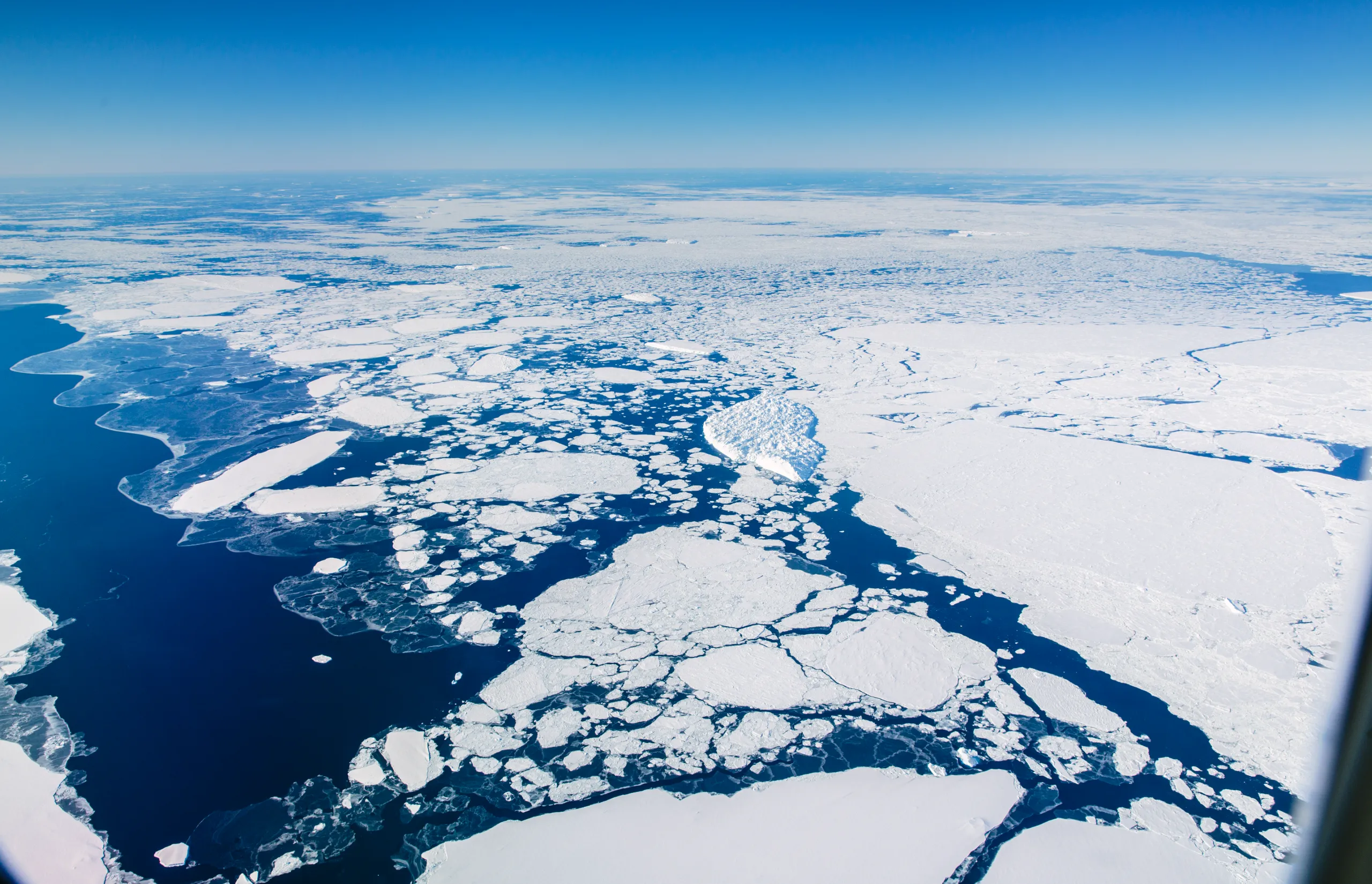
In good company
He speaks from experience. A Qantas captain who ran the Antarctic charter program prior to retirement, Greg Fitzgerald has piloted his share of these flights and, having visited the continent at both ground and sea level, is eminently qualified for his role as onboard lecturer.
He’s joined in expertise by documentary filmmaker Peter Hicks – a glaciologist at Antarctica’s Casey Station in 1980, and the two will act as guides once we’re over the ice.
Many passengers are commemorating milestones, others fulfilling a lifetime wish, and, to my mind at least, a small contingent of scientific types elevate this experience from day trip to expedition status.
Doctors Vanessa Pirotta and Angelique Ray speak as ambassadors for the Antarctic Science Foundation, CSIRO cosmic ray scientist Grahame Rosolen is collecting data inflight, and a live audio cross to David Roberts, the incoming team leader at Mawson Station, provides an insight into the day-to-day realities of Antarctic life, including the mind-boggling logistics of managing a once-yearly grocery delivery.
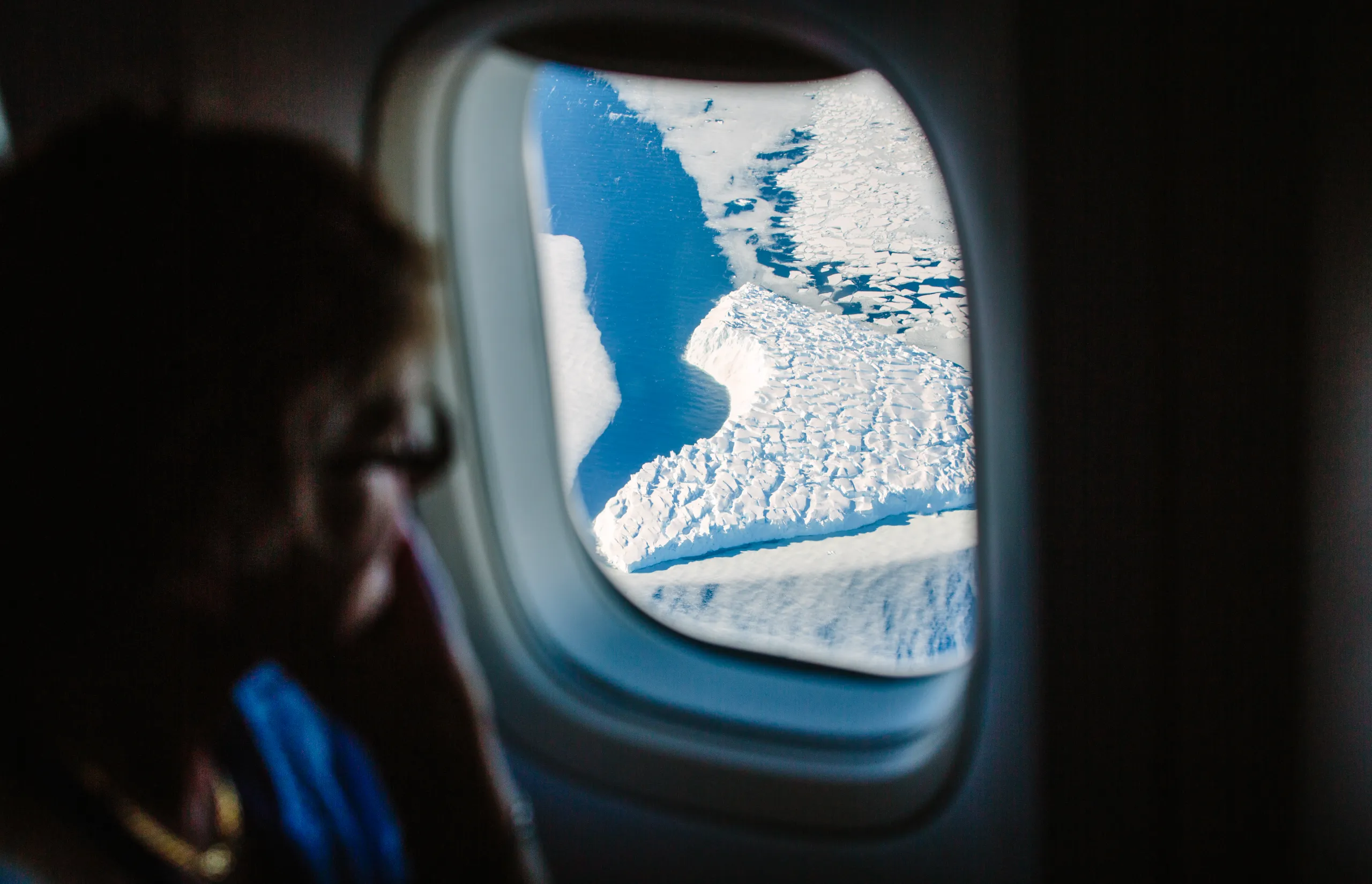
Into the white
At 30,000 feet, our own provisions seem similarly well-considered, thanks to a full Qantas international meal and beverage service: brunch enroute, dinner on return and an assortment of snacks and refreshments available as requested. The food, however, is quickly forgotten when pilot in command Alex Passerini announces we’re beginning our descent, and a stillness comes over the plane as we all turn outward.
“Antarctica is the highest, coldest, windiest, cloudiest and driest continent on Earth,” my seatmate’s voice, now audible over the PA, informs us as we descend to our sightseeing altitude, 10,000 feet above sea level and 2,000 feet above the highest ground in the vicinity.
With numerous flight routes available and flexibility afforded by the region’s uncontrolled airspace, the pilots monitor the weather and tailor each flight to optimise visibility, but I’ve tempered my expectations after several mentions of thick cloud cover.
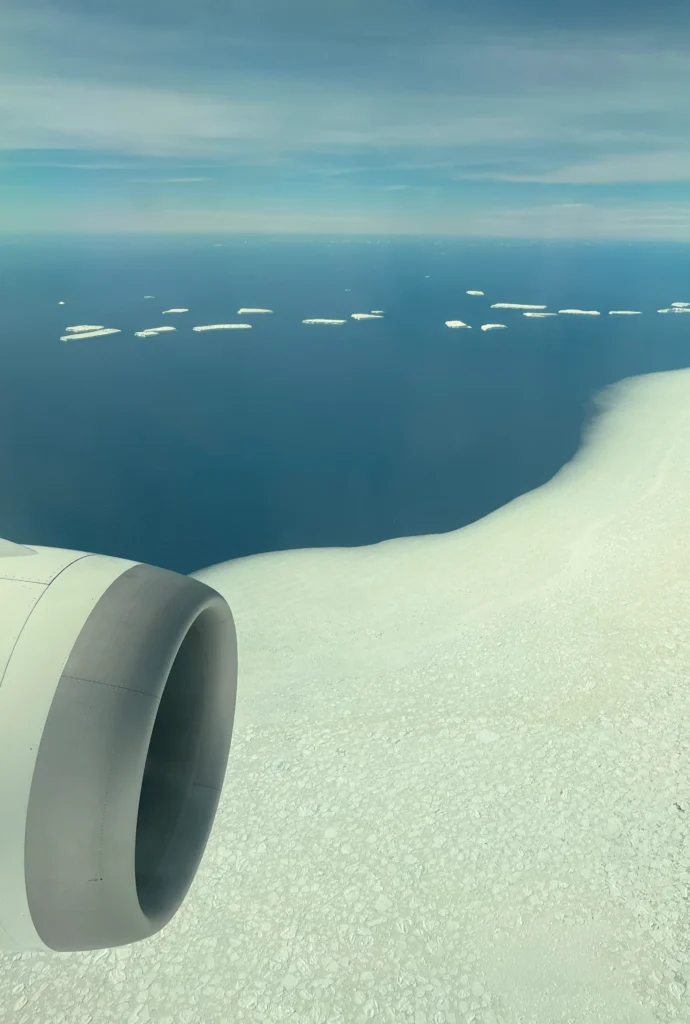
I needn’t have. As I gaze out the window at the shimmering ocean now beneath, a white splotch appears in my peripheral vision. “A boat,” my rational brain suggests immediately but, to my delight, closer inspection reveals a massive hunk of floating ice.
A collective gasp comes over the cabin, as that one iceberg appears to multiply and we find ourselves hovering above a veritable jigsaw puzzle of ice. Gargantuan chunks – some jagged and irregular, others almost perfect rectangles – contrast against the indigo background of the water. We are close enough to make out the texture on their surface and Greg points out a few, with deep serrations, that have tipped upside-down at some point.
“The wing won’t be a problem once you’re over the ice,” one of the attentive Antarctica Flights team had assured me earlier, and they were right. From my over-wing seat I can see plenty, and am frequently spoiled with uninterrupted vistas as the aircraft oscillates gently, to ensure equal viewing from either side.
Even when the craft’s incline tips to favour those opposite, I catch glimpses of blue and white through the large windows of the Dreamliner, and the communal excitement onboard inspires an affable atmosphere of cooperation and view-sharing.
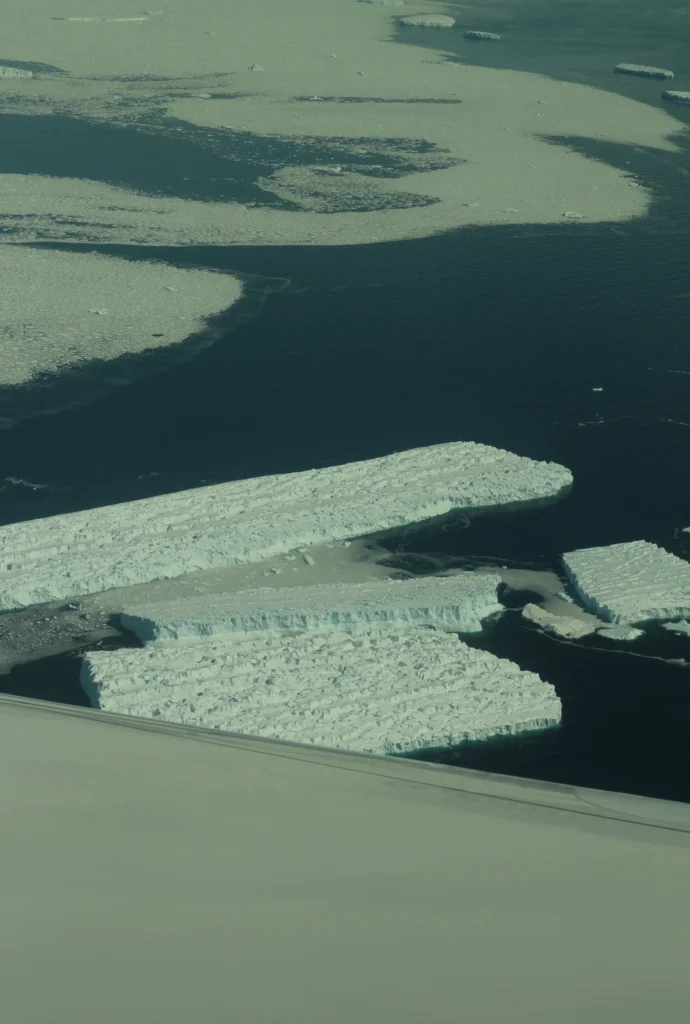
I’m astonished by the variations that appear before me: fissures and deep crevasses carved into glaciers, turquoise halos ringing iceberg bases, glistening ice-shelves, patches of floating crackle-like textures and vast panoramas that take in the crisp white outline of the continent and its skirts of icebergs stretching, seemingly eternally, to the horizon.
Who knew ice had so many differing identities? Naturally, one of the experts onboard has an ice glossary, and later I add the terms “frazil”, “brash ice” and “bergy bit” (yes, really) to my vocabulary. For now though, we fly over Dumont d’Urville, a French station, and clearly see an incoming ship, an airstrip and a cluster of red buildings that momentarily confirm human habitation. This evidence is quickly erased by the immense floating ice tongue of the Mertz Glacier, where the wild white-desert-scape and iceberg-dotted ocean reign again.
Looping back, in Commonwealth Bay it’s clear how windy it is today. Plumes of blowing snow feather the coast and whitecaps form a lace-like pattern on the water’s surface. Despite the gale, our pilot circles effortlessly, to enable us to make out the main Mawson’s Hut building – a brown roof on a brown rocky outcrop – which was the base of early Antarctic explorer, Sir Douglas Mawson.
On our way back we’re afforded time to luxuriate in the detail of the landscape. I’m spellbound when a play of light, possibly a reflection of the sun on grease ice, casts a silver shimmer upon my field of vision and I observe what appears to be a sea of icebergs extending to infinity.
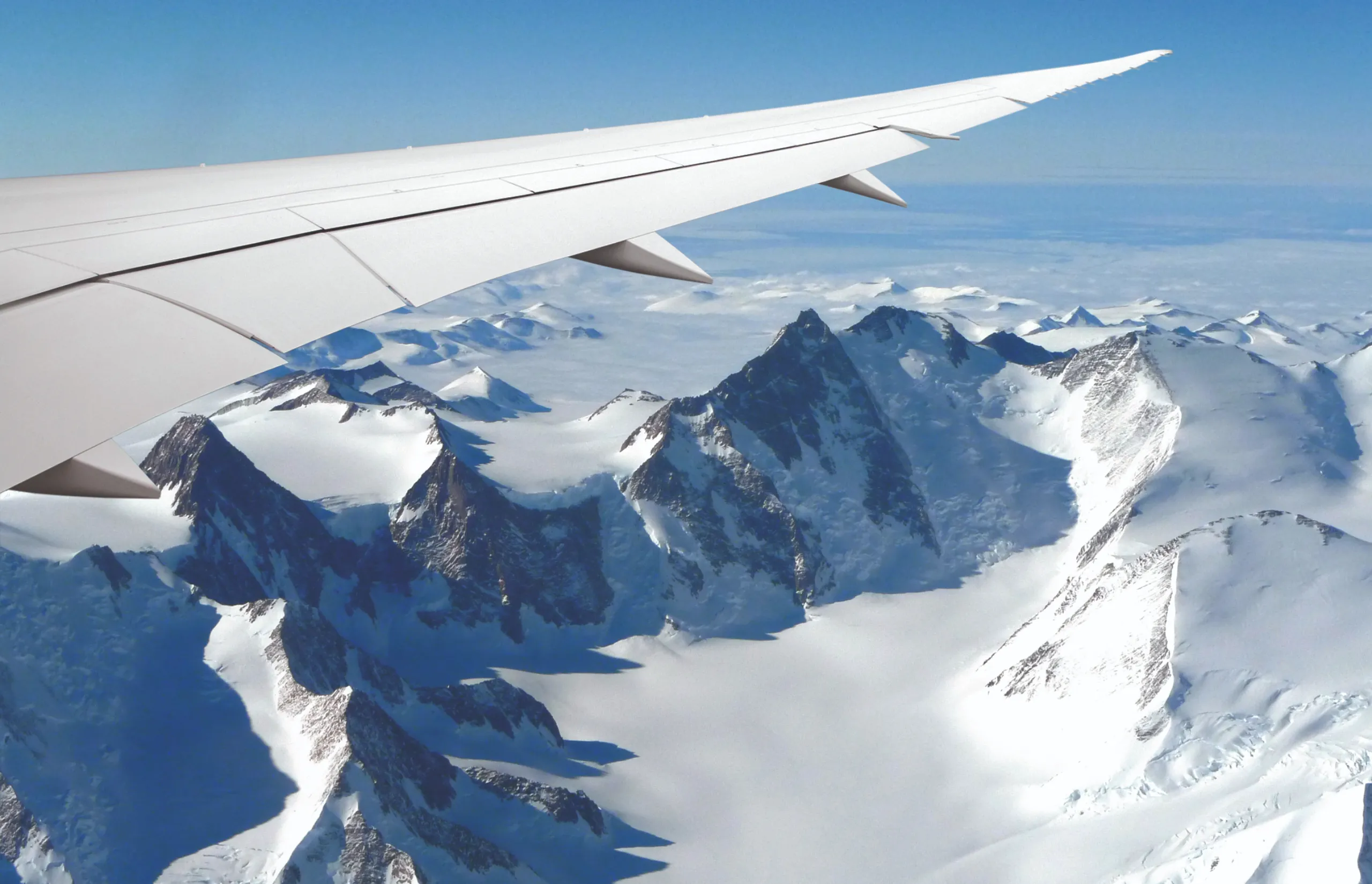
Travelling light
I’m mesmerised and inspired beyond measure. My concern for this pristine wilderness has been amplified, having seen it with my own eyes, and I’m relieved by Greg’s reminder that this flight’s emissions are carefully monitored and fully carbon offset.
Similarly, I’m more appreciative of the need for research and protection, explained by the Antarctic Science Foundation ambassadors who spoke earlier and, judging by the outpouring of donations from other passengers to their cause, matched dollar for dollar by Antarctica Flights’ charitable fund, I’m not alone in this sentiment.
“You are now a friend of Antarctica,” Greg muses as the last iceberg melts from view and we turn skyward. And, as I settle back into my seat and close my eyes, I know without question that he’s right.
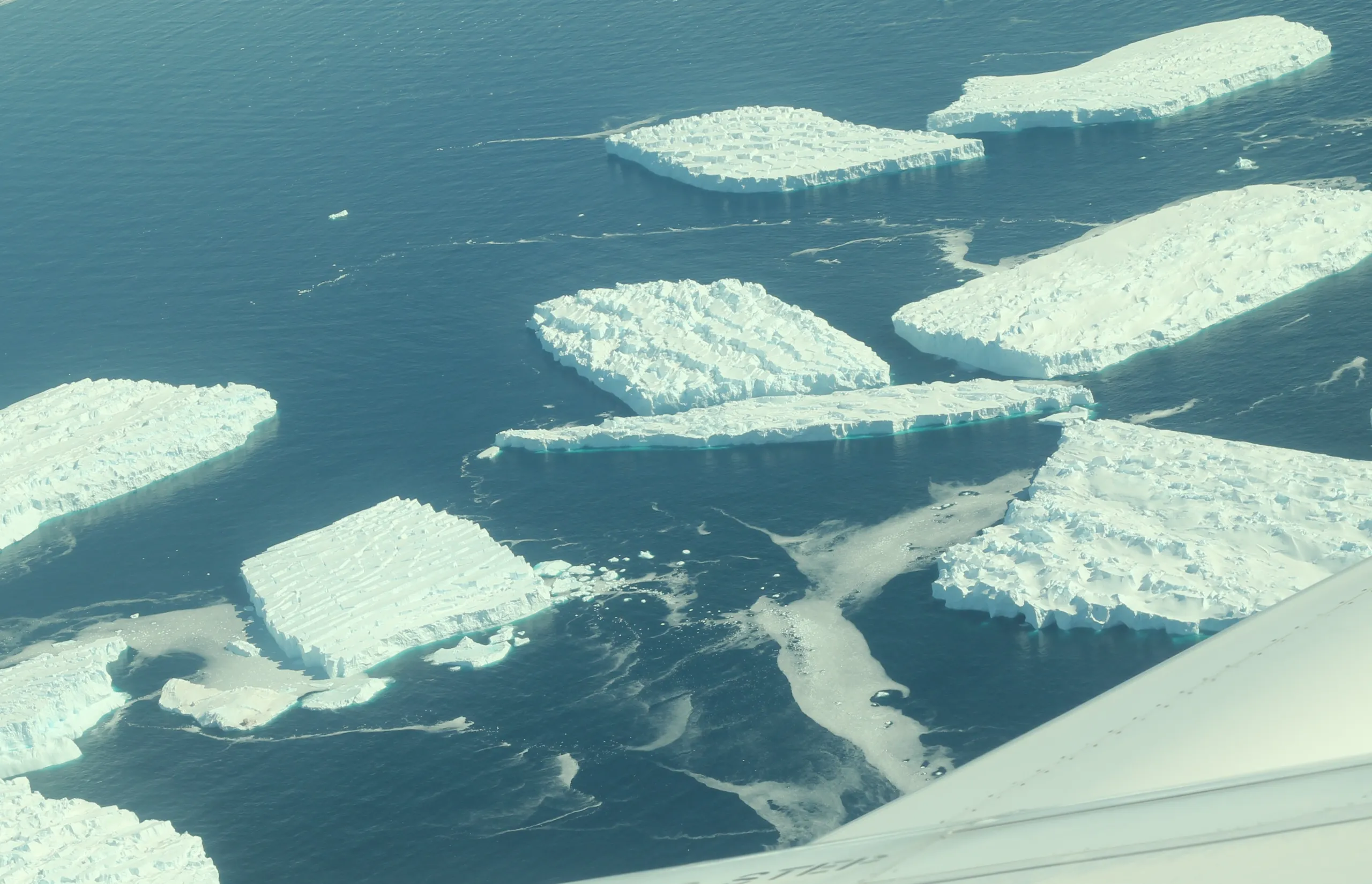
Latest Articles
Don't miss the latest from Luxury Travel
